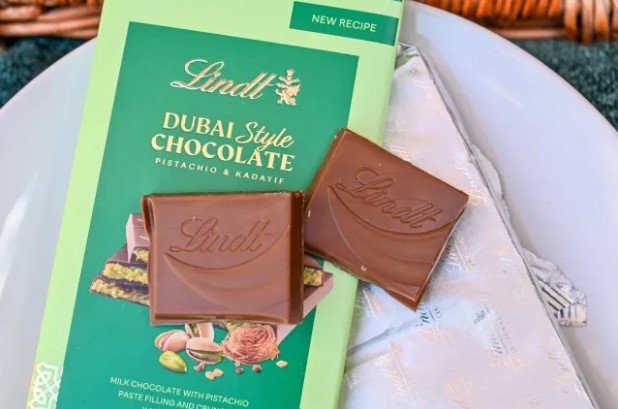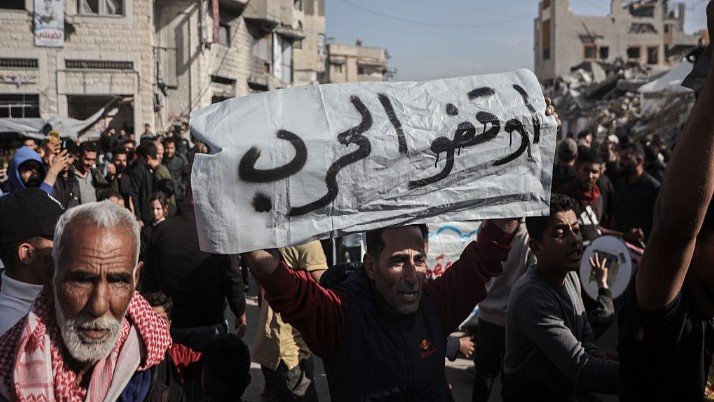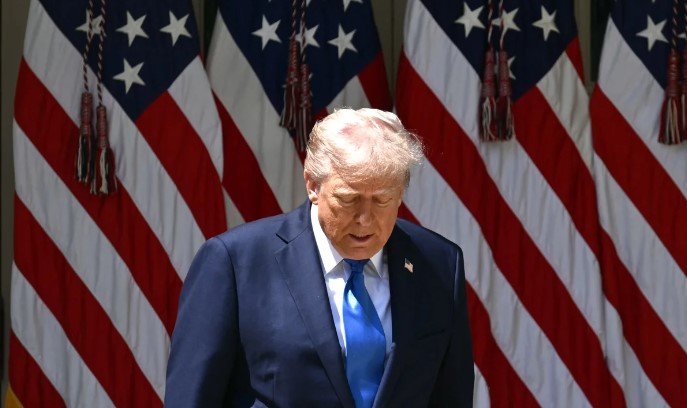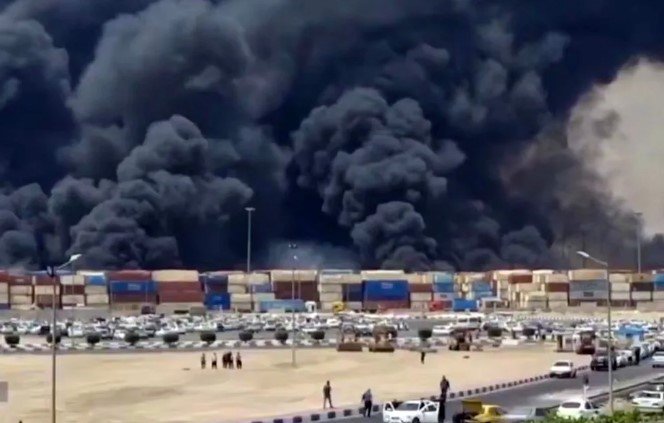Wanton indulgence and skyscrapers lured tourists to Dubai, a city known for its luxurious appeal. Who would have thought that it also turned into a magnet for premium chocolate? Dubai used to be known for its gold and desert luxury, but that changed rather abruptly with the global chocolate phenomenon. What was initially a form of indulgence became a fuel for devotees eager to partake in the journey.
Facing a chocolate incursion, countries with cocoa farms started losing their grip on Dubai, the last city they expected something like this to happen. Did you ever imagine chocolate being the Dubai currency? Neither did I, but look at it now.
The Birth of a Bold Idea
A multitude of chocolate stories never came from agriculture. Words like innovation, gold, and international ambition play a vital role. However, this wasn’t the case until 2010. Boutiquers and food entrepreneurs sprang into life and sought to get rid of Europe’s iron fist stranglehold over luxury chocolate.
The rest of us never stood a chance. Surprisingly, Dubai’s international chefs teamed up with visionary Emiratis and decided that conquering Europe required more than just a
certain level of food, they had to exceed it. From chocolate to exquisite truffles infused with gold, dipping every sweet imaginable into the desert melting pot—Dubai.
Ensuring Dubai’s place on the chocolate map was Al Nassma, arguably the camel milk chocolate company, which is first and foremost in the world. They seamlessly balanced tradition with innovative exuberance in their offerings while pleasing international buyers.
When it comes to the chocolate of Dubai making headlines, the addition of camel milk was the cherry on top. The alternative, being a more nutritious option, has been used for a very long time in the Middle East.
On top of piquing global interest due to novelty, camel milk also being lower in fat as well as richer in iron and vitamin C, aided the smooth sailing of lactating lactose-intolerant market. Global marketeers tasting the daintier, slightly salty, silky, less sweet nature of camel milk were impressed.
Camel milk chocolate embraced its novelty and was seen as the go-to choice for health-conscious consumers in Europe and Asia.
A viral addition associated with chocolate from Dubai was their method of packaging. Considered haute couture, brands like Forrey & Galland and Mirzam gave Dubai’s chocolate dozens of elegant boxes and painted wrappers along with ultra-limited seasonal releases, which put a stop to sales, only increasing demand.
These chocolates went beyond the culinary sphere, serving as souvenirs as well as art pieces designed using Islamic geometry and Bedouin motifs.
Chocolatier Amina Rashid from Dubai Marina said: “When you buy Dubai chocolate, you’re buying a piece of the culture. It’s storytelling through flavor and form.”
This branding strategy contributed to the prominence of Dubai chocolate as it transcended the candy aisle into duty-free shops, high-end hotels, and gourmet food stores all over the world.
Strategic Branding and Global Distribution
The intense chocolate industry growth was aided by Dubai’s well-established position as a global logistics hub. Dubai chocolatiers had a direct line to Europe, Asia, and Africa, allowing them to export their goods quickly, reliably, and efficiently.
Smart branding collaborations followed suit. Emirates Airlines proportioned Dubai chocolate to be served to passengers sitting in first and business class as a part of the premium experience. They also began to appear in retail outlets at Harrods and Selfridges as well as in high-end shops in Singapore, Tokyo, and New York.
The frenzy was further fueled when international influencers and celebrities started posting pictures of ‘gold bar chocolates from Dubai’ on Instagram.
Viral Sensation and Social Media
Dubai chocolate brands greatly benefited from the power of the aesthetic social media era, where gold-flaked chocolates melting over steaming cappuccinos, CAPTIONS TRUFFLE SLICING IN SLOW MO, and unboxing extravagant, arabesque ceramic chocolate containers went viral.
These luxurious lifestyle influencers, especially those who went to Dubai’s hot tourist spots such as Burj Al Arab and Atlantis, showcased the chocolate treasures.
The orders began to flood in after a video showcasing a \”Chocolate Treasure Chest\” went viral, amassing over 12 million views on TikTok.

Culinary Delights from Different Cultures
Unlike Dubai brands, which freely blend different brands to increase their showcases and products, such as the Indian Saffron Truffles, the Turkish delight-filled bonbons, and even Japanese Matcha-infused Pralines, European brands are deeply rooted in upholding traditions and mostly do not branch out. This treasured experimentation not only sparked the interest of food enthusiasts but also brought in sales as loyal customers kept coming back due to the new offerings. The limited edition seasonal Switch packs and exclusive items heightened the overall appeal to customers.
That overarching success does not take away the fact that Dubai Chocolates specializes in empowering local artisans and women entrepreneurs, such as the Coco Jalila Choco Brand. The self-started company seldom employs women, but locals are introducing innovation into heritage.
Workshops and training initiatives started gaining traction for local UAE nationals eager to join the previously foreign-filled culinary world.
What’s the result? An incredibly blossoming domestic industry infused with culture and appealing immensely to the rest of the world.
Challenges and Criticism
Of course, everything is not hunky-dory. The Clinic, Wafi Mall, and other outlets selling Dubai chocolate have/been accused of overpricing, being too concerned with looks, and at times the branding overshadowing taste.
The Guardian review provided a particularly stark assessment: “Some of the gold-covered chocolates look amazing but taste ordinary.”
Sustainability is an issue as well. For example, Dubai cannot grow cocoa beans, meaning they need to be imported, a closed supply chain and ethical sourcing scrutiny come into place.
Still, several local brands are addressing these concerns. Some of them have opted for plastic-free supplies and switched to partnering with Rainforest Alliance-approved farms.
Table of Contents
An Insta-worthy Treat That’s Here to Stay
Aside from pure hedonism, the Dubai chocolate phenomenon demonstrates a global shift in culinary tastes that cherishes heritage, health, experience, and luxury simultaneously.
Dubai chocolate’s imprint on the world’s food map is visible from the airport duty-free counters all the way to Michelin-starred dessert menus. While it won’t take the place of Swiss or Belgian chocolate, Dubai chocolate makes a bold and culturally rich statement.
What this accomplishes for Dubai is showing how it is possible to build a global empire out of chocolate, even in a desert.



